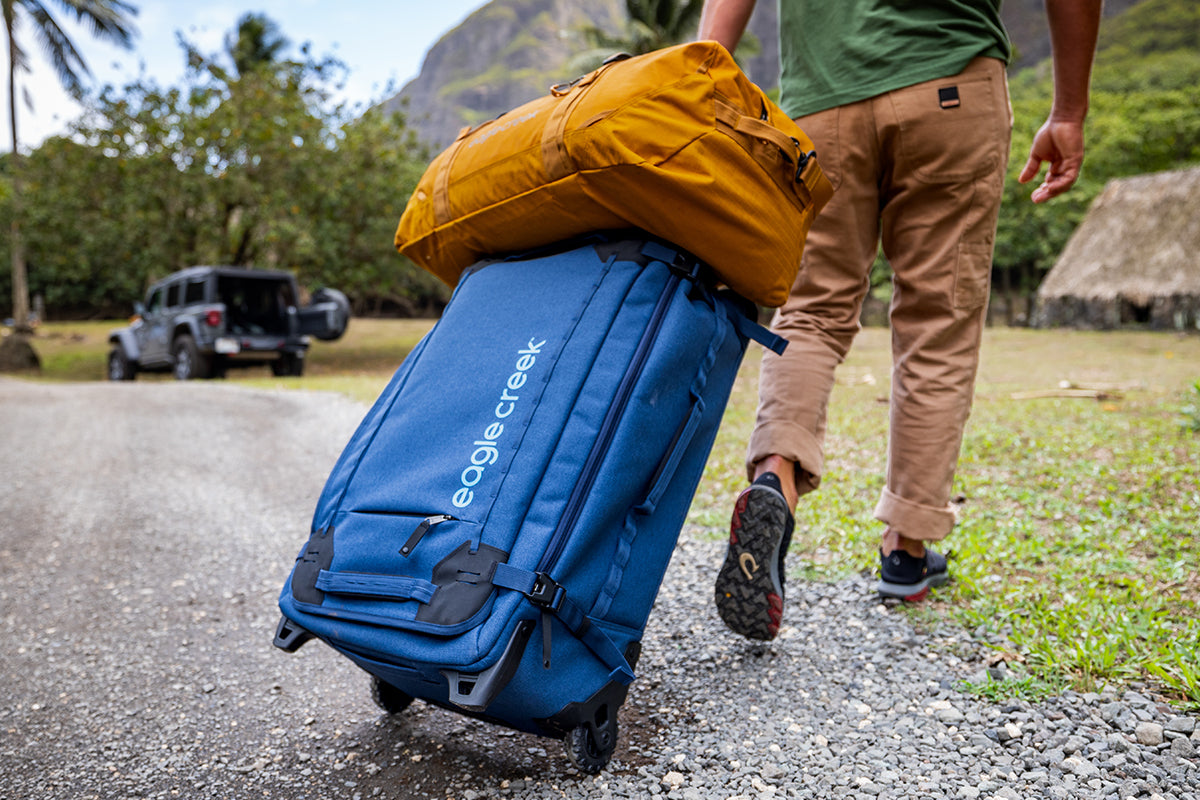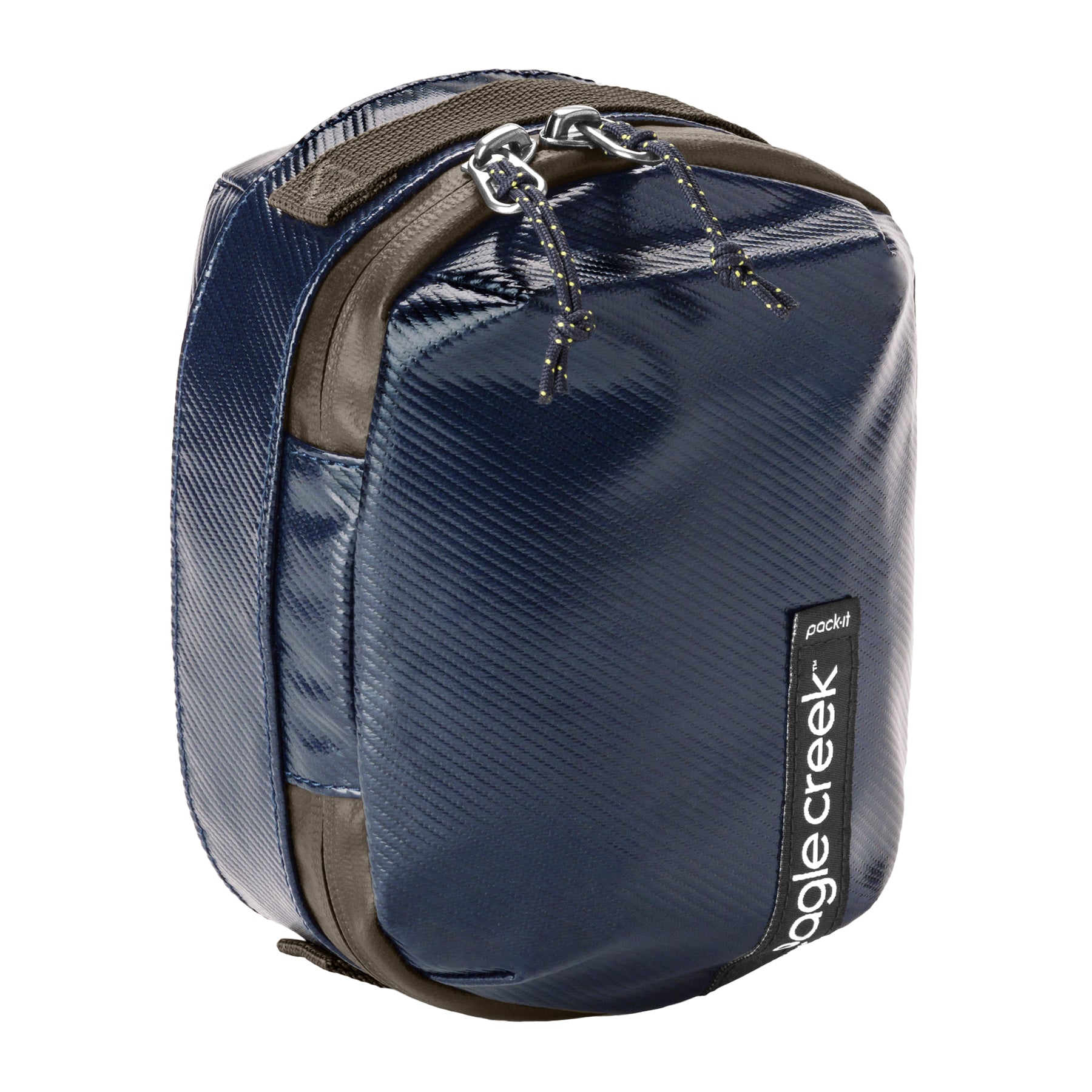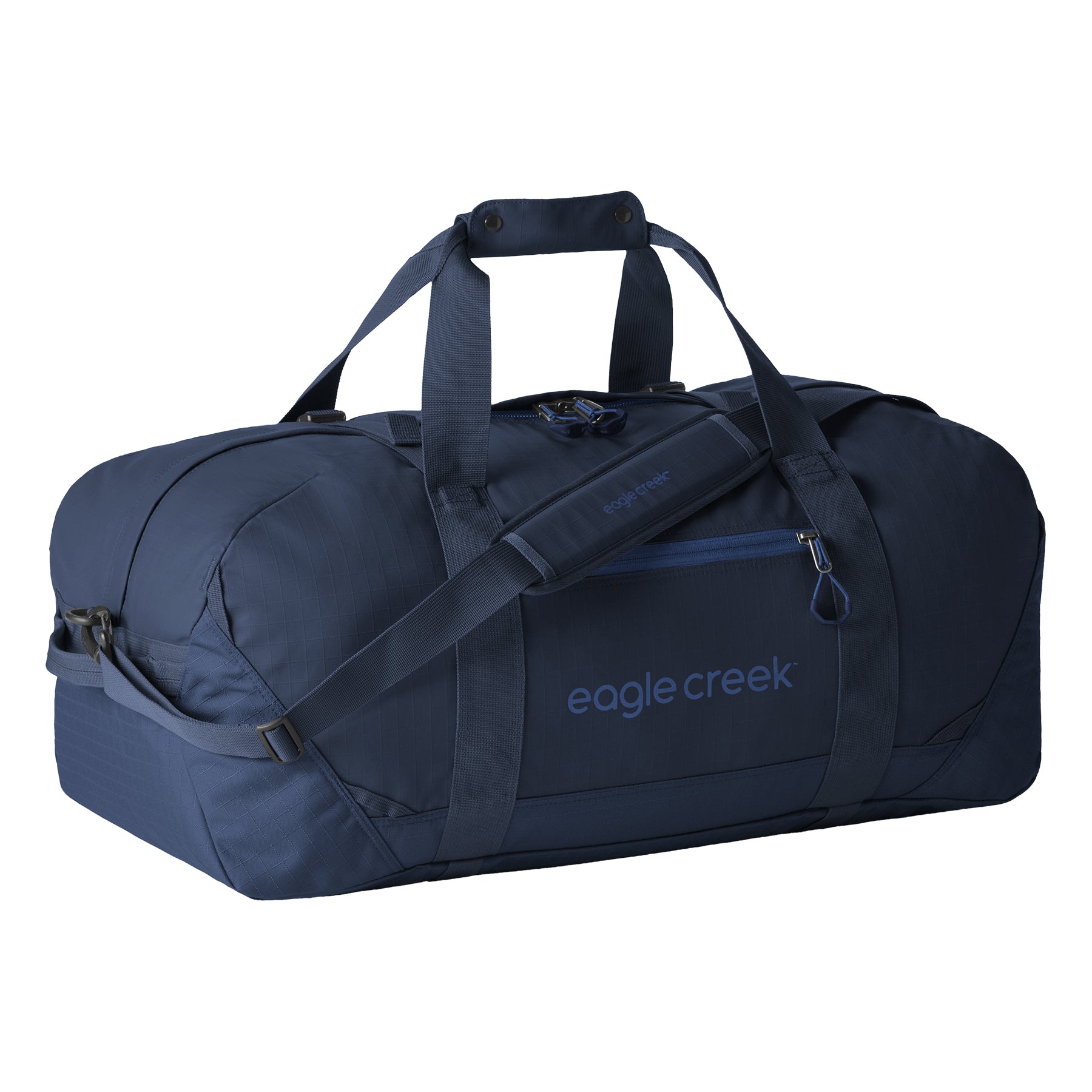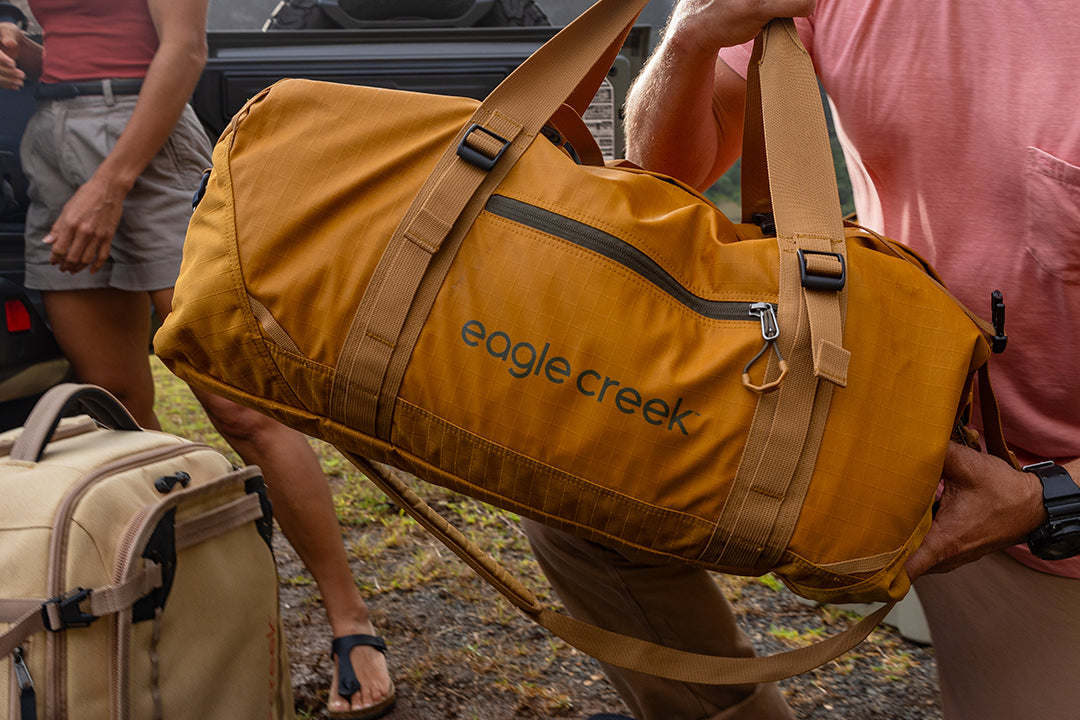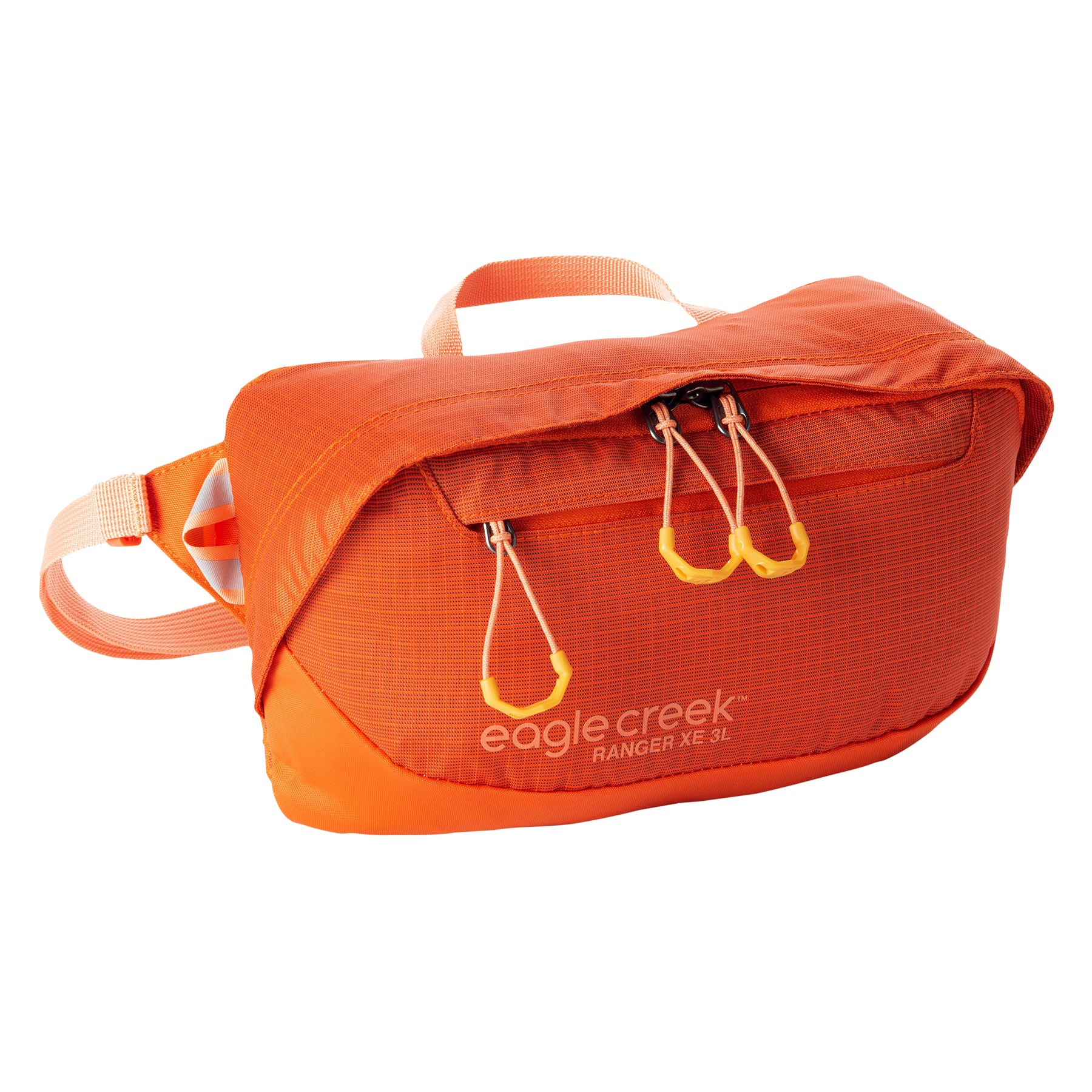
5 Offbeat Wildlife Refuges That You Need To Visit
Providing a safe haven for countless species of endangered and endemic wildlife the National Wildlife Refuge System is a jewel in America’s conservation history. Many refuges have trails, viewing towers, boardwalks, and driving routes, and best of all there’s at least one refuge in every state and one within an hour’s drive of almost every major city.
Craving the opportunity to commune with nature? Here’s our pick of five of the best.
Vieques National Wildlife Refuge, Puerto Rico
One of the best national wildlife refuge locations in America, the Vieques National Wildlife Refuge is considered one of the most ecologically diverse in the Caribbean and boasts some of the most beautiful stretches of sand on the island.
Home to endangered species like the Antillean manatee and the brown pelican, its habitats encompass coastal lagoons, upland forests, and mangrove wetlands, and make for the most picturesque landscape photos. Head to the bioluminescent bay for a surreal nighttime canoe trip illuminated by the blue-green light emissions of the microorganisms that live in the water.
Travel tip: if you’re heading out on the water pack a compression sac to separate your wet/dirty swimmers from the rest of the items in your daypack.
Togiak National Wildlife Refuge, Alaska
At the other end of the country in Alaska you’ll find Togiak National Wildlife Refuge where unlike in Vieques, during the winter months temperatures can falls to -30°F. Although a challenging environment for some (not all species live here all year), the refuge is home to plenty of hardy species that hibernate when snow comes to blanket the ground.
The best time of year to visit is in April and May when flocks of migratory birds arrive in their thousands, hibernating wildlife emerges, and the salmon begin to spawn.
Wichita Mountains Wildlife Refuge, Oklahoma
Established in 1901, the Wichita Mountains Wildlife Refuge is the oldest managed U.S. wildlife refuge in the U.S. Fish & Wildlife network of protected habitats. As such its near 60,000 acres of open mixed grass prairie, forest, and rocky outcrops are awash with native animals and plants.
In recent years the focus has been on restoring species that had been eliminated from the area and so bison, elk, wild turkey, the prairie dog, the river otter and burrowing owls can now be found thriving.
Travel tip: Camping is rarely permitted on lands managed by the U.S. Fish & Wildlife Service so plan to pack up your travel duffel bag and book into a managed local campsite.
Savannah National Wildlife Refuge, Georgia
Comprising bottomland hardwood forests and tidal freshwater marshes, the Savannah National Wildlife Refuge is a vital link in the network of habitats that line the Atlantic Flyway. Providing vital nesting habitats for a wealth of bird species, including wood ducks, purple gallinules, bald eagles, and anhinga, the refuge is encircled by a 4-mile loop which is accessible via the Laurel Hill Wildlife Drive, off S.C. 170.
Visitors can drive this route or explore the many hiking and biking trails that wend their way across the earthen dikes, through managed freshwater pools, and under the canopy of hardwood forest.
Maine Coastal Islands National Wildlife Refuge, Maine
A complex of five individual refuges that span the coast of Maine, the Maine Coastal Islands National Wildlife Refuge contains more than 73 offshore islands and four coastal parcels that all serve as protected habitats for colonies of nesting seabirds.
Considered nationally significant to the survival of endangered and threatened species, all five areas of the refuge have seen significant increases in bird populations since they were established. So, bring your binoculars and get your twitch-on.
Heading into the great outdoors? Make sure minimizing your impact on the natural environment is front and center of your trip planning.





